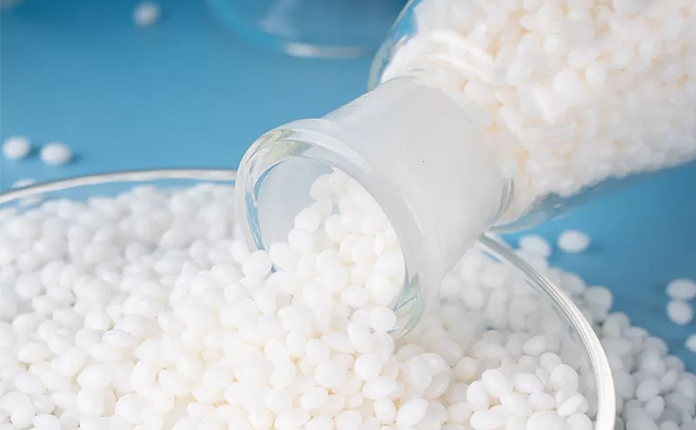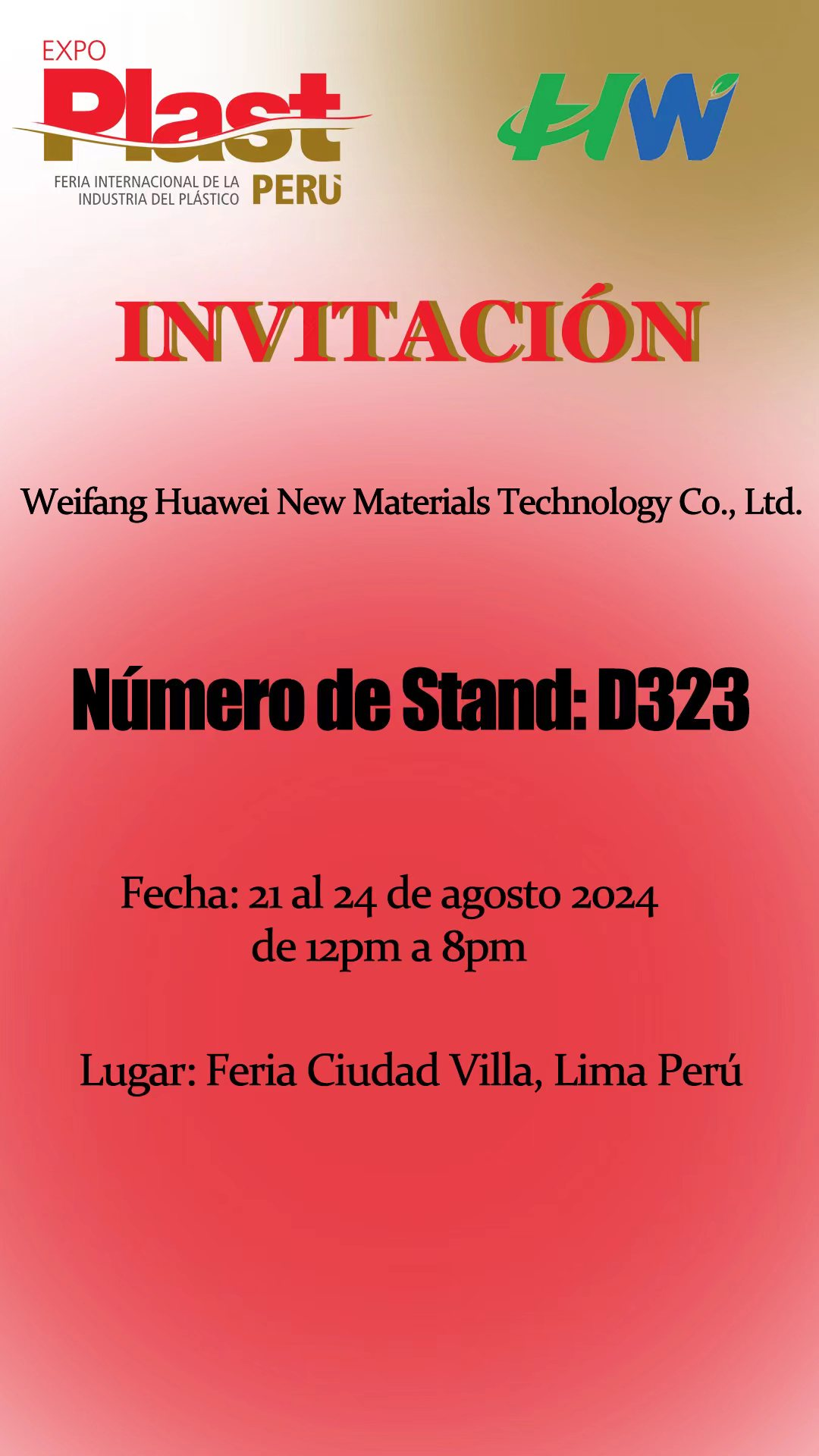PBAT was developed to solve environmental pollution caused by conventional plastics, it is and extremely biodegradable material even degrade faster than PLA.
PBAT is often used in bags to add flexibility, fast biodegradability, and works to speed up the rate of compostability to comply with compost regulations.
Product Description
Polybutylene adipate terephthalate (PBAT) is a type of biodegradable and bio-based thermoplastic polymer. It is a copolyester made from the monomers 1,4-butanediol, terephthalic acid, and adipic acid. PBAT is often used as a component in biodegradable and compostable products, such as disposable tableware, shopping bags, and packaging materials. It can also be used as a component in other products, such as coatings and adhesives.
Polybutylene Adipate Terephthalate (PBAT) is a biodegradable and compostable thermoplastic polymer. It is a copolymer of polybutylene adipate (PBA) and polyethylene terephthalate (PET).
1. Biodegradability: One of the most significant benefits of PBAT is its biodegradability. When exposed to certain environmental conditions (e.g., composting facilities or soil), PBAT breaks down into natural byproducts such as carbon dioxide, water and biomass through the action of microorganisms. This biodegradability helps reduce the accumulation of plastic waste in landfills and the environment, contributing to a more sustainable future.
2. Versatility: PBAT is a highly versatile polymer that can be processed using a variety of traditional plastics manufacturing techniques, including extrusion, injection molding and blown film extrusion. Its compatibility with existing machinery and processes makes it a practical choice for transitioning from traditional plastics to more sustainable options. PBAT is often blended with other biopolymers to improve its toughness and impact strength.
3. Mechanical properties: PBAT has good mechanical strength, flexibility and elongation at break. It can be used to produce films, sheets and molded products with properties comparable to those of conventional polyethylene and polypropylene.
4. Heat resistance: While PBAT may not have the same heat resistance as some conventional plastics, it still exhibits adequate performance for many packaging and disposable product applications.
5. Transparent and printable: PBAT has the advantage of being transparent, making it suitable for transparent film and packaging applications. In addition, it can be easily printed, allowing for brand marking and labeling on PBAT-based products.
6. Compatibility with other bioplastics: PBAT can be blended with other biodegradable and bio-based polymers to achieve specific performance characteristics, further expanding its potential applications.

Packaging Films: PBAT is used to manufacture compostable and biodegradable plastic films for applications such as shopping bags, food packaging and agricultural films.
Disposable tableware: PBAT is used to produce disposable cutlery, plates and cups, providing a greener alternative to disposable items.
Mulch: PBAT-based mulch can be used in agriculture to improve soil health and reduce plastic waste.
Hygiene products: PBAT is used to produce biodegradable hygiene products such as diapers and sanitary napkins.
Product Parameter
PBAT is often used in bags to add flexibility, fast biodegradability, and works to speed up the rate of compostability to comply with compost regulations. It is a necessary ingredient in the product. Additionally, it is quite safe for the environment because it does not leave behind any harmful toxic residue.
PBAT is a polymer that breaks down completely when home-composted leaving no toxic residues behind. This makes it an excellent alternative to toxic or harmful materials like plastic and other non-biodegradable plastics.
